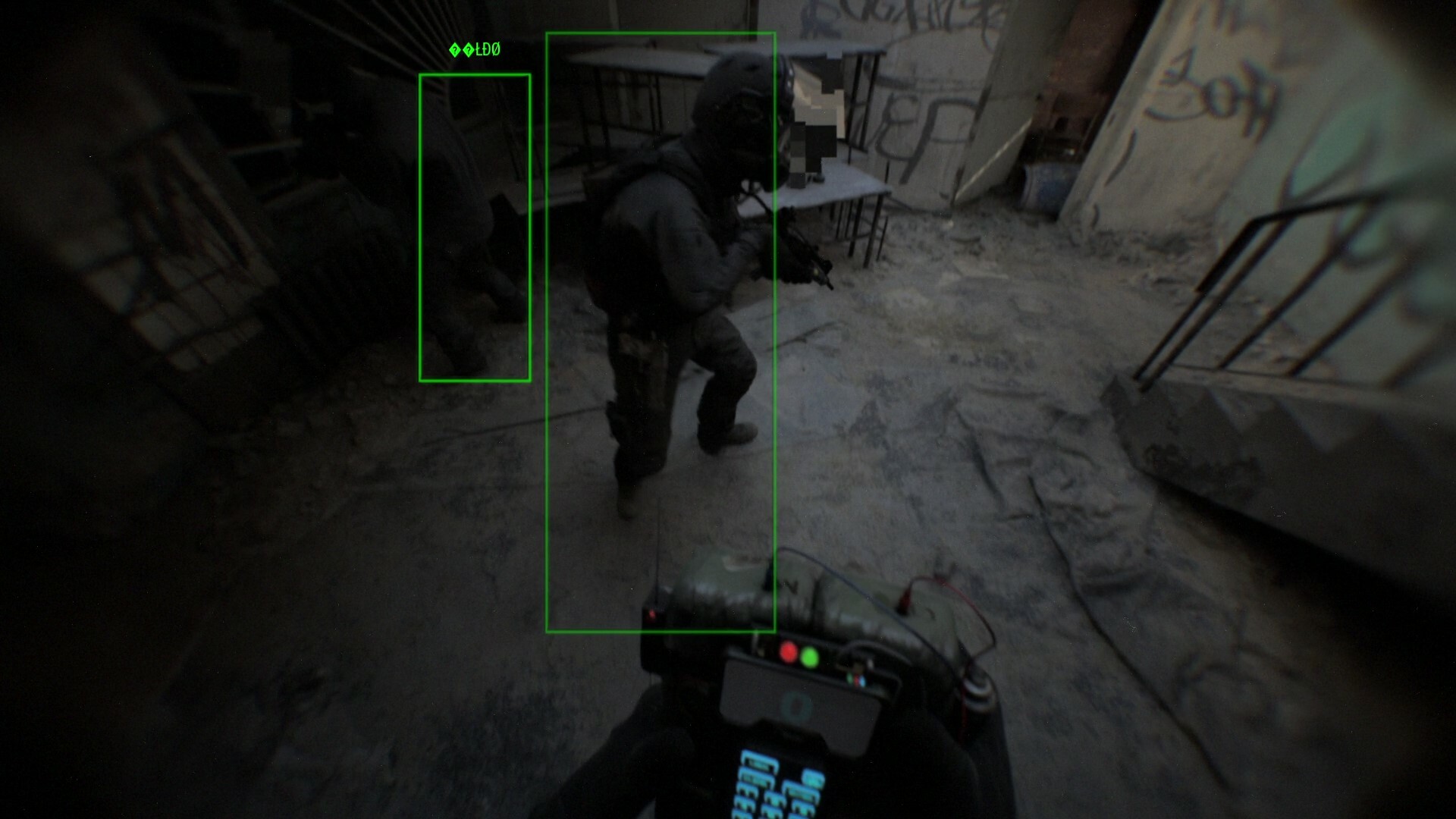Since the release of Unreal Engine 5 in 2021, Epic Games’ 3D engine has significantly simplified the work of many developers, particularly independent creators who often work from home. The tools and techniques have advanced to such an extent that it is now easier to release games with high-quality visuals quickly. This does not imply that a good game can be produced in just a few months, but creators today certainly face fewer challenges, especially given the offerings of the Unreal Engine 5 Asset Store. It is because of these developments that the studio Reissad, founded by brothers Lucas and Leo, was able to release an Early Access version of their game Bodycam within one year. Before delving into the methods they used in designing and selling their game, which might raise concerns for some, let’s discuss the game itself, as I have been playing it for several weeks following a code provided by the brothers.
THE FURIOUS CALL IT BODY-SCAM
Unlike Unrecord, which is designed as a solo experience, Bodycam positions itself as a purely multiplayer game. Currently, there are only three available game modes: Deathmatch, Team Deathmatch, and Body Bomb. Players familiar with traditional shooter games will recognize how Deathmatch and Team Deathmatch operate. In the Body Bomb mode, two teams compete against each other to either detonate or defuse a bomb that can be placed on any surface—whether it’s on the ground or attached to a wall. This straightforward yet effective gameplay mechanic quickly engages players, particularly due to its seamless team coordination features.
THE FRAGILE FIND IT TOO REALISTIC
Another aspect worth mentioning about Bodycam is its photorealistic graphics, which are facilitated by the game’s use of photogrammetry technology. This involves using real photos to create textures in the environment, resulting in visuals that can be striking and even disorienting, making players feel as if they are navigating through the real world. This effect is particularly evident in interior maps but is most noticeable in the forest map, which was the most disappointing for me due to its extremely crude invisible walls and poor lighting. In areas under trees, shadows make visibility difficult, and although you can turn on a flashlight attached to weapons, this reveals your position to other players. If you are shot while using the flashlight, it remains illuminated, allowing you to light up a specific area, which is quite practical.
The immersion in Bodycam is further enhanced by its high-quality sound design. The two brothers likely drew from real-sound banks as the noise of weapons is incredibly realistic, and they did not hesitate to saturate certain sounds, like powerful gunshots, which more realistically simulates the raw sound captured by a body camera. Well done indeed. The feel of the weapons initially disorients due to its connection with the game’s rather original movement mechanics, but once accustomed, firing becomes quite enjoyable. The sensations are good. Additionally, Bodycam features very successful ragdoll physics. All bodies that fall in the game do so in an ultra-realistic manner and react primarily based on the environment. For example, they can collide with several objects before falling to the ground with corresponding animations, roll down stairs realistically, twist upon themselves after taking a burst of bullets to the gut, etc.
When one dies in the game Bodycam, they automatically take control of a drone, offering a second chance to report enemy positions to your teammates. The drone is equipped with three types of vision: normal, infrared, and thermal, to assist players. However, caution is advised as the drone can be shot down at any moment, transitioning you into assisted camera mode. Despite initial curiosity and enjoyment, Bodycam quickly reveals its limitations. The gameplay remains quite basic and lacks depth, featuring extremely sparse content and an insufficient number of maps of uneven quality. Moreover, the game has been criticized for allegedly using maps directly from Unreal Engine 5 assets, suggesting minimal work was done on them. While some argue that additional elements were added, the two brothers behind the game have faced criticism for this perceived recycling, which is sold at €30. The sparse content in its Early Access state makes the price seem excessively high.
CAPITALIZE OR TAKE THE MONEY AND RUN?
Recently, it was learned that a roadmap has been established to integrate additional content. The two brothers have indeed achieved something notable: leveraging the hype of Unrecord to release their game quickly and position themselves across various platforms. The graphical similarity between the two games is striking, and naming the new game Bodycam is a clear marketing triumph. Many may confuse the two games, as relatively few remember the name Unrecord, whereas “bodycam” is likely the term most people search when trying to recall Unrecord. In terms of SEO, this strategy is highly effective. Given that the Unrecord trailer garnered 7.5 million views on the official channel and over 10 million on IGN’s, it demonstrates a significant move by the two French developers. Bodycam sales appear to be strong, and one hopes the brothers use this success to evolve their game rather than merely capitalize on it like past scammers. To those who understand…
Have any thoughts?
Share your reaction or leave a quick response — we’d love to hear what you think!



